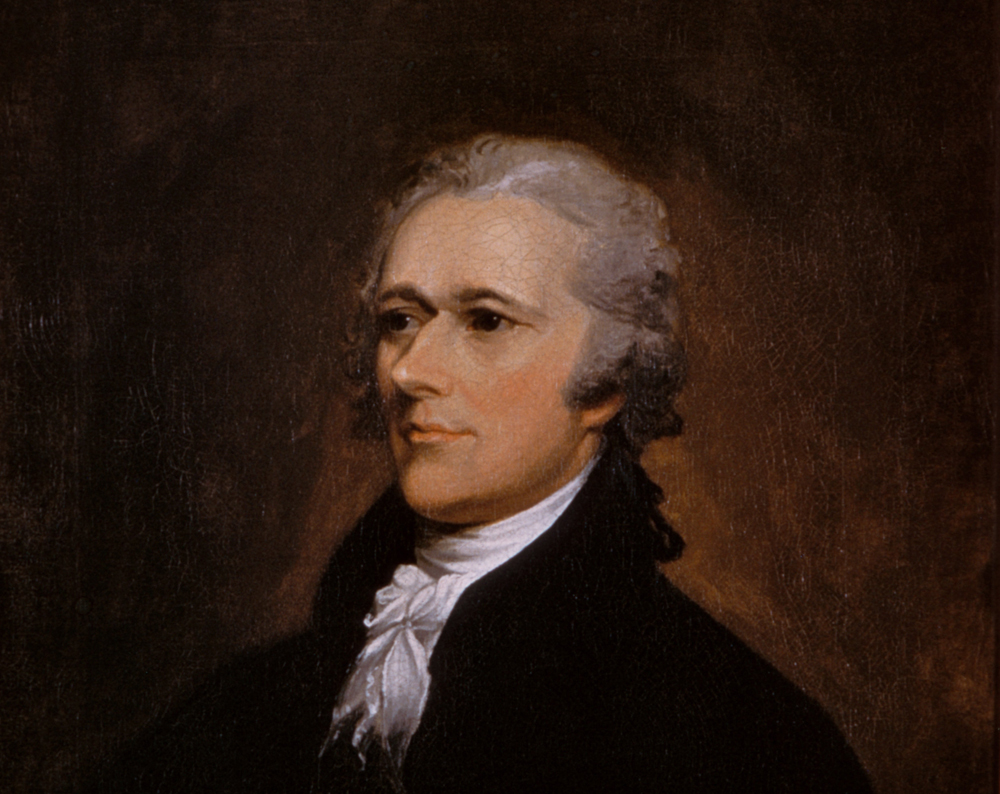
Portrait of Alexander Hamilton by John Trumbull, c. 1806. National Gallery of Art.
• The fonts of ancient Rome: “The Republican and Imperial capitals were joined by rustic capitals, square capitals (Imperial Roman capitals written with a brush), uncials, and half-uncials, in addition to a more rapidly penned cursive for everyday use. From those uncial and half-uncial forms evolved a new formal book-hand practiced in France that spread rapidly throughout medieval Europe.” (I Love Typography)
• Experiencing the scents surrounding John F. Kennedy in his final four minutes. (Hyperallergic)
• Chewets, gallimaufries, and funeral baked meats: the foods of Shakespeare’s plays. (NPR)
• As she celebrates her ninetieth birthday, Queen Elizabeth remains in power: “Far younger monarchs in Belgium, the Netherlands and Spain have quit on grounds of age; even old Ratzo of the Holy See has shuffled off his subcinctorium. Meanwhile, the queen adheres to the throne as stubbornly as a seagull-splat baked to a sunshine roof.” (London Review of Books)
• The real-life politics of Alexander Hamilton. (Early Americanists)
• New research suggests Neanderthals were just as familiar with fire as homo sapiens were: “The use of fire, however, is not specific to Homo sapiens. For decades, researchers have found clear archaeological evidence of fire use at a host of both Homo erectus and Homo neanderthalensis archaeological sites. There remains, however, a long standing assumption that Homo sapiens have held a unique monopoly over the controlled creation and use of fire—it seems to be the ‘most human’ tool we can imagine.” (JSTOR Daily)